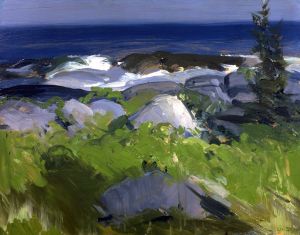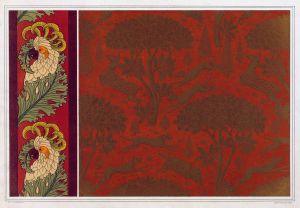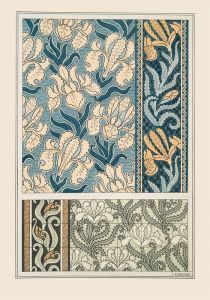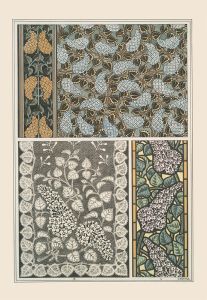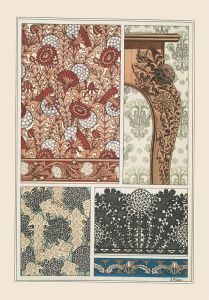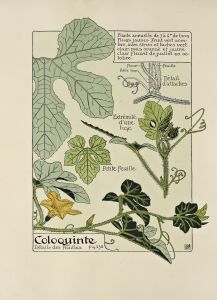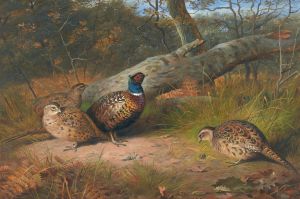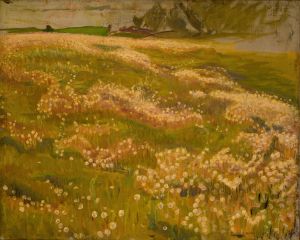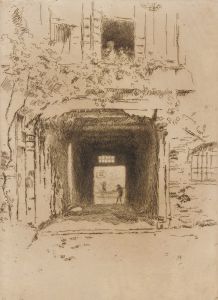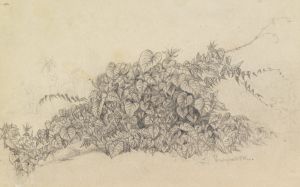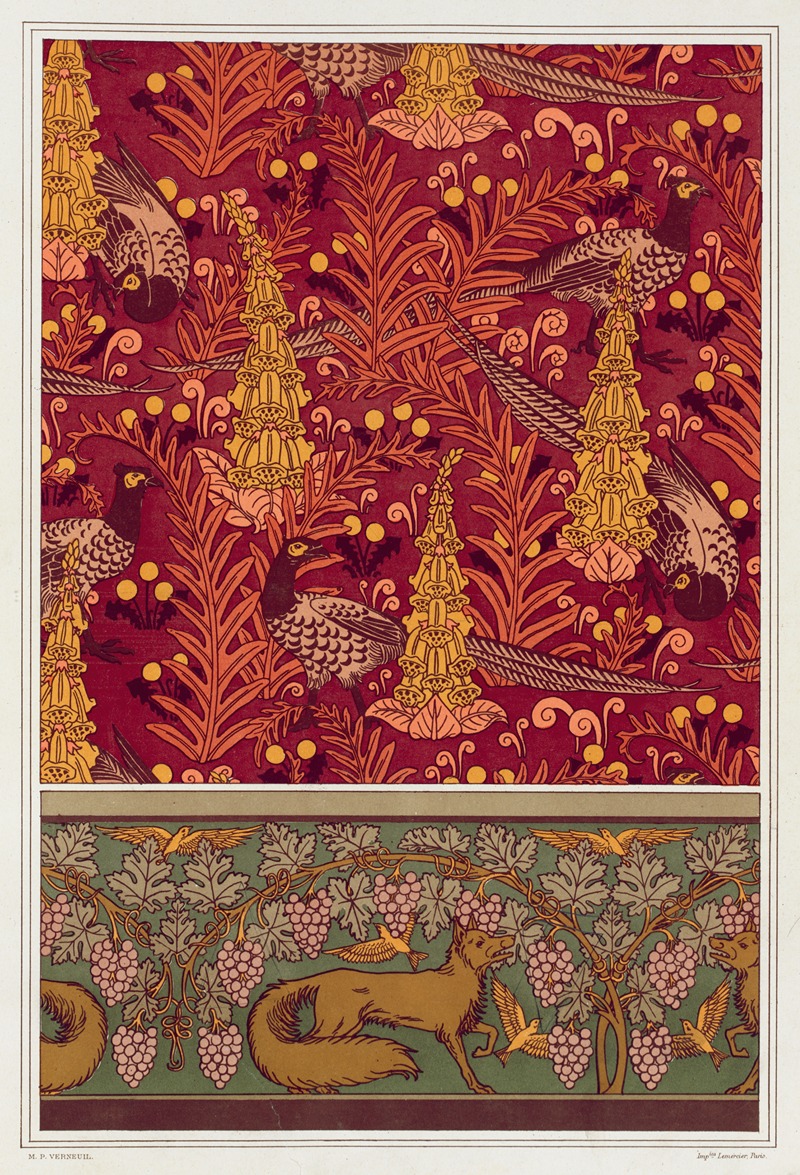
Faisans ordinaires, digitales, fougères et pissenlit, étoffe imprimée. Renard, oiseaux et vigne, bordure.
A hand-painted replica of Maurice Pillard Verneuil’s masterpiece Faisans ordinaires, digitales, fougères et pissenlit, étoffe imprimée. Renard, oiseaux et vigne, bordure., meticulously crafted by professional artists to capture the true essence of the original. Each piece is created with museum-quality canvas and rare mineral pigments, carefully painted by experienced artists with delicate brushstrokes and rich, layered colors to perfectly recreate the texture of the original artwork. Unlike machine-printed reproductions, this hand-painted version brings the painting to life, infused with the artist’s emotions and skill in every stroke. Whether for personal collection or home decoration, it instantly elevates the artistic atmosphere of any space.
Maurice Pillard Verneuil was a prominent French artist and designer known for his contributions to the Art Nouveau movement. Born in 1869, Verneuil was recognized for his innovative use of natural forms and motifs in his work, which often included intricate patterns and vibrant colors. His designs were influential in the decorative arts, particularly in textiles and wallpapers.
One of Verneuil's notable works is "Faisans ordinaires, digitales, fougères et pissenlit, étoffe imprimée. Renard, oiseaux et vigne, bordure." This piece exemplifies his characteristic style, which merges elements of nature with artistic design. The title of the work translates to "Common Pheasants, Foxgloves, Ferns, and Dandelion, printed fabric. Fox, birds, and vine, border." This suggests a composition rich in flora and fauna, typical of Verneuil's approach to integrating natural elements into decorative patterns.
Verneuil's work often drew inspiration from the natural world, and he was known for his ability to transform these inspirations into stylized, yet recognizable, forms. In this particular piece, the use of pheasants, foxgloves, ferns, and dandelions indicates a focus on both flora and fauna, creating a tapestry of life that is both detailed and harmonious. The inclusion of a fox, birds, and vine in the border further emphasizes the interconnectedness of nature, a theme prevalent in Art Nouveau.
The Art Nouveau movement, which flourished from the late 19th century to the early 20th century, was characterized by its use of long, sinuous lines and curves, often inspired by natural forms. Verneuil was a key figure in this movement, and his work contributed to its development and popularity. His designs were not only aesthetically pleasing but also functional, as they were often used in the creation of textiles and other decorative items.
Verneuil's ability to blend art with nature made his work highly sought after during his lifetime. His designs were used in various applications, from wallpaper to fabric, and were appreciated for their beauty and intricacy. The piece "Faisans ordinaires, digitales, fougères et pissenlit, étoffe imprimée. Renard, oiseaux et vigne, bordure." is a testament to his skill in creating complex yet balanced compositions that capture the essence of the natural world.
In addition to his artistic work, Verneuil was also an author and educator, sharing his knowledge of design and the natural world through various publications. His books often included illustrations and patterns that showcased his unique style and approach to design. Through his writings, Verneuil influenced a generation of artists and designers, further cementing his legacy in the world of decorative arts.
Overall, Maurice Pillard Verneuil's work remains an important part of the Art Nouveau movement, and his designs continue to be appreciated for their beauty and innovation. "Faisans ordinaires, digitales, fougères et pissenlit, étoffe imprimée. Renard, oiseaux et vigne, bordure." is a prime example of his ability to capture the beauty of nature and translate it into art, making it a significant piece in the history of decorative design.





